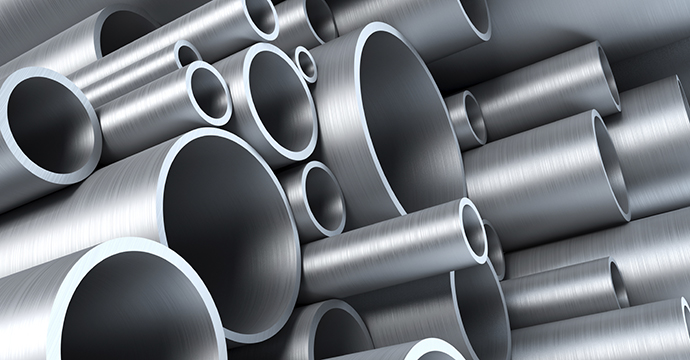The global steel industry plays a pivotal role in various sectors, including manufacturing, construction, infrastructure, and transportation. As we look toward 2024 and beyond, estimating its prices and analyzing its future trends are crucial for industries and economies worldwide.
Predicted Steel Prices in 2024 and Beyond
Predicting steel prices is complex and involves numerous interconnected factors. Building a comprehensive forecast requires considering global economic conditions, demand-supply dynamics, geopolitical events, technological advancements, and environment-related regulations. However, several key indicators can provide insights into the potential trajectory of price of steel in 2024 and the foreseeable future.

Demand-Supply Balance
The equilibrium between steel demand and supply is fundamental in determining its price. Construction activities, automotive production, infrastructure development, and manufacturing output influence projections of steel demand. On the supply side, factors such as steel production capacity, raw material availability, and efficiency improvements within the steel industry play pivotal roles.
Global Economic Outlook for Steel Prices
Economic growth rates and stability in major steel-consuming countries, especially emerging markets, have significant implications for steel demand. Furthermore, exchange rates, inflation rates, and the general health of the global economy can impact the cost structure of steel production and thus influence its pricing.
Trade Policies and Tariffs
Trade agreements, tariffs, and trade disputes between major steel-producing and consuming countries can introduce volatility in prices of steels. It is imperative to monitor the evolution of international trade relationships and the potential implications of trade policies on steel pricing.
What are The Future Trends of Steel Prices and Their Impact on Manufacturing
The analysis of future steel price trends is imperative, particularly for the manufacturing sector, which heavily relies on steel inputs for its operations. The cost of steel directly impacts manufacturing expenses and ultimately the pricing of manufactured goods. Several aspects need to be considered in understanding the causes and effects of steel price changes on manufacturing.
Raw Material Costs
Steel is a fundamental raw material for many manufacturing processes. Fluctuations in steel prices can directly impact production costs, especially in automotive, machinery, and construction equipment manufacturing.
Profit Margins and Investment Decisions
Manufacturers must carefully assess the potential impact of fluctuating steel prices on their profit margins. Fluctuations in steel prices can influence investment decisions, production volumes, and strategic planning within manufacturing companies.
Product Pricing and Consumer Behavior

Changes in steel prices can influence the pricing of manufactured goods, potentially affecting consumer purchasing behavior. Manufacturers may have to make strategic decisions regarding absorbing cost increases or passing them on to consumers.
Technological Innovations and Efficiency
In response to volatile steel prices, manufacturers may accelerate efforts to develop alternative materials, improve manufacturing processes, and enhance supply chain resilience. Such initiatives can mitigate the impact of steel price fluctuations on manufacturing operations.
In conclusion, the estimation of steel prices in 2024 and beyond involves a multi-faceted analysis of various factors, including demand-supply dynamics, global economic conditions, trade policies, and technological advancements. The impact of steel price changes on manufacturing is substantial, influencing production costs, investment decisions, and consumer behavior. To navigate the evolving landscape, industry stakeholders must remain vigilant and adaptable, proactively responding to shifting steel price trends with strategic planning and innovation.